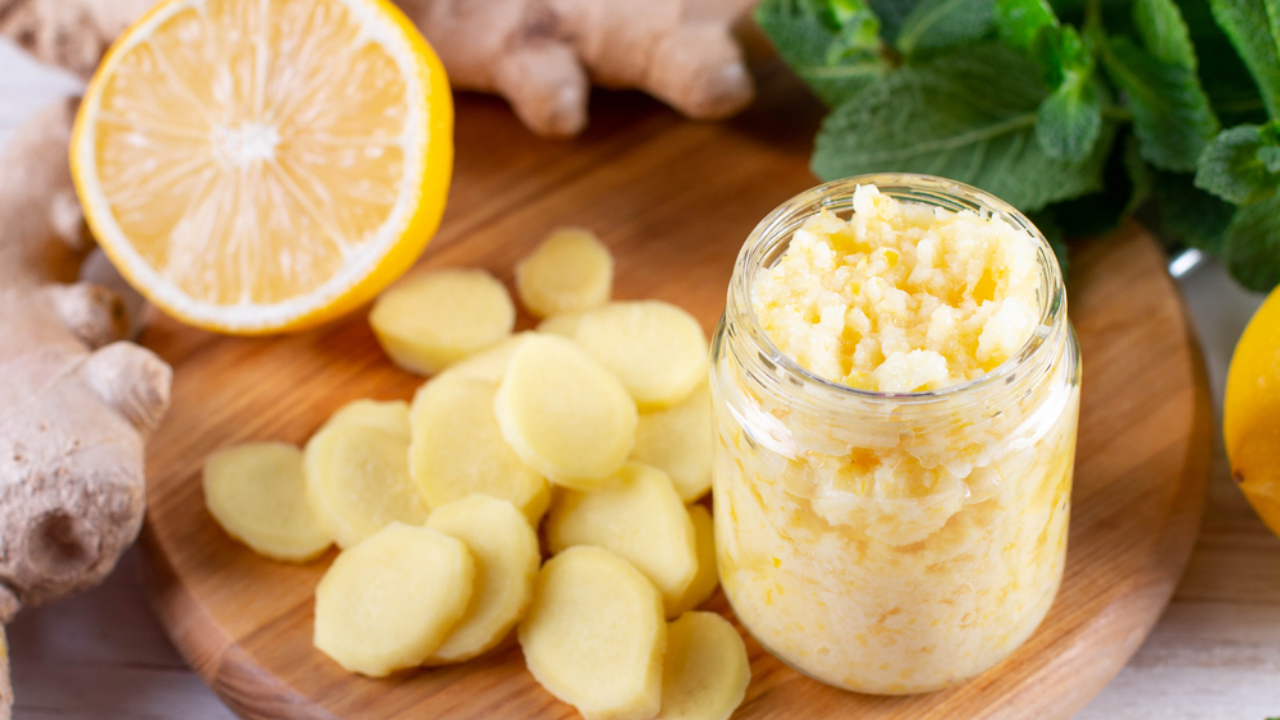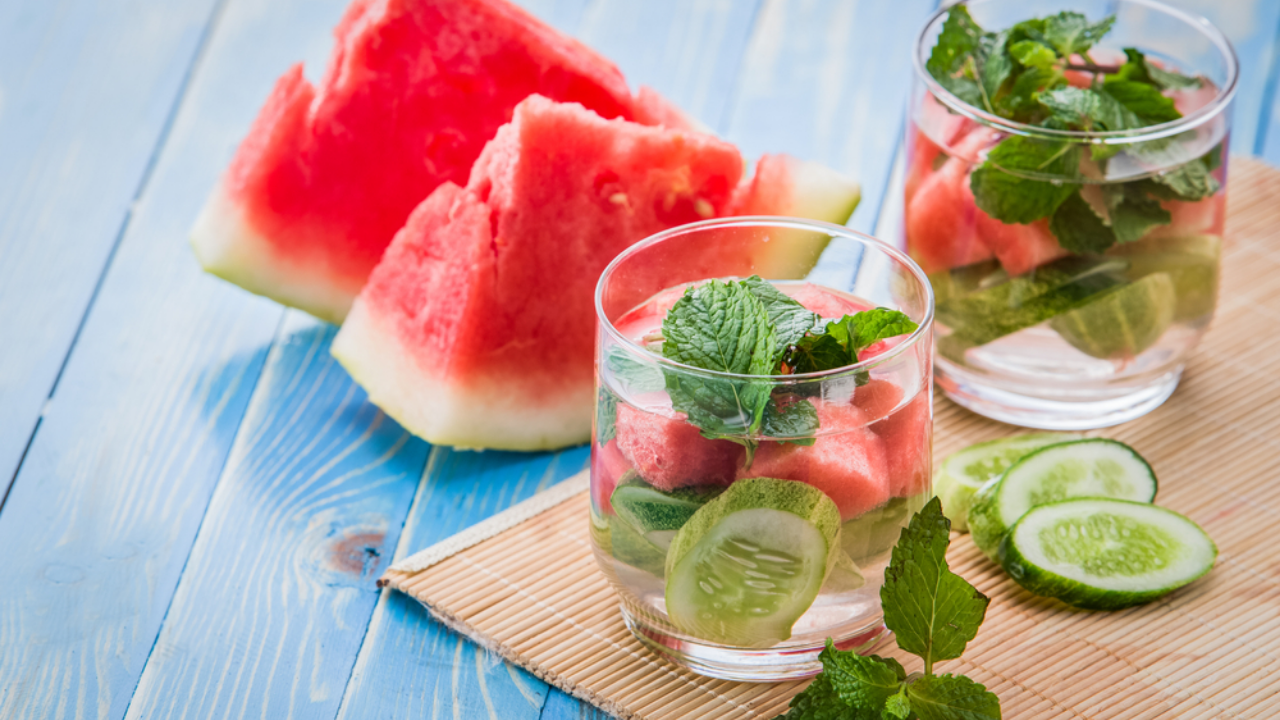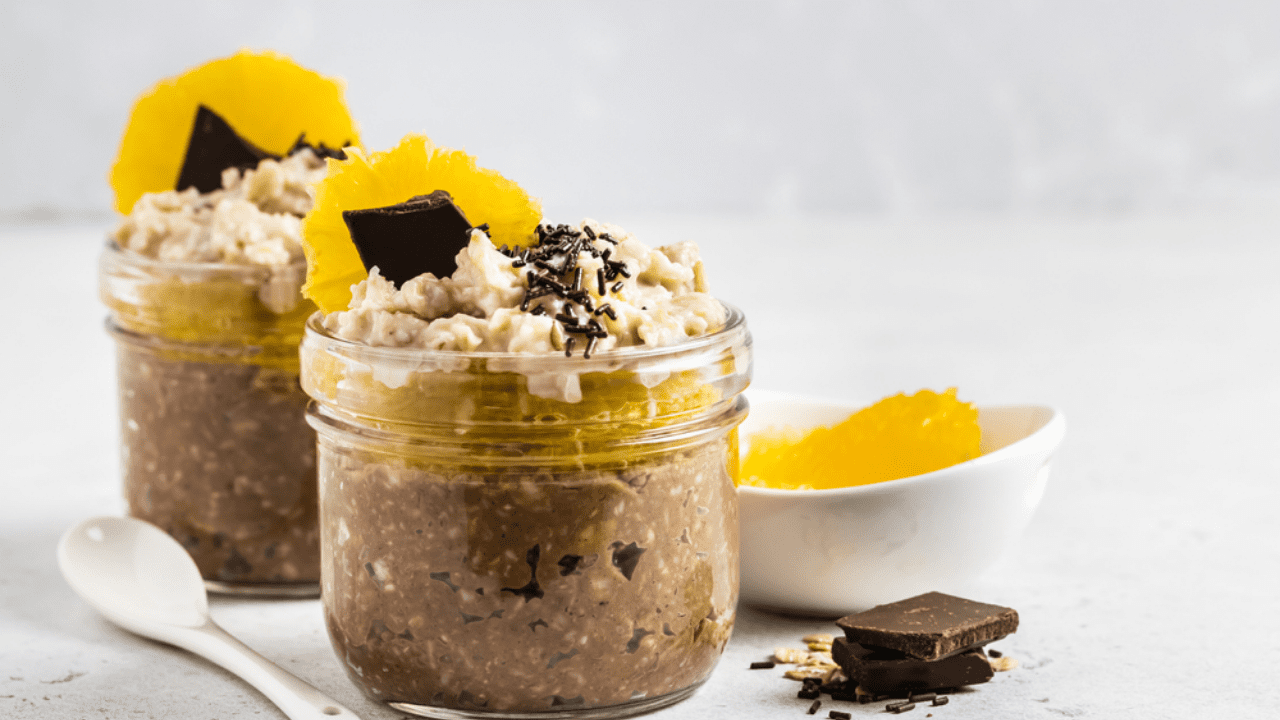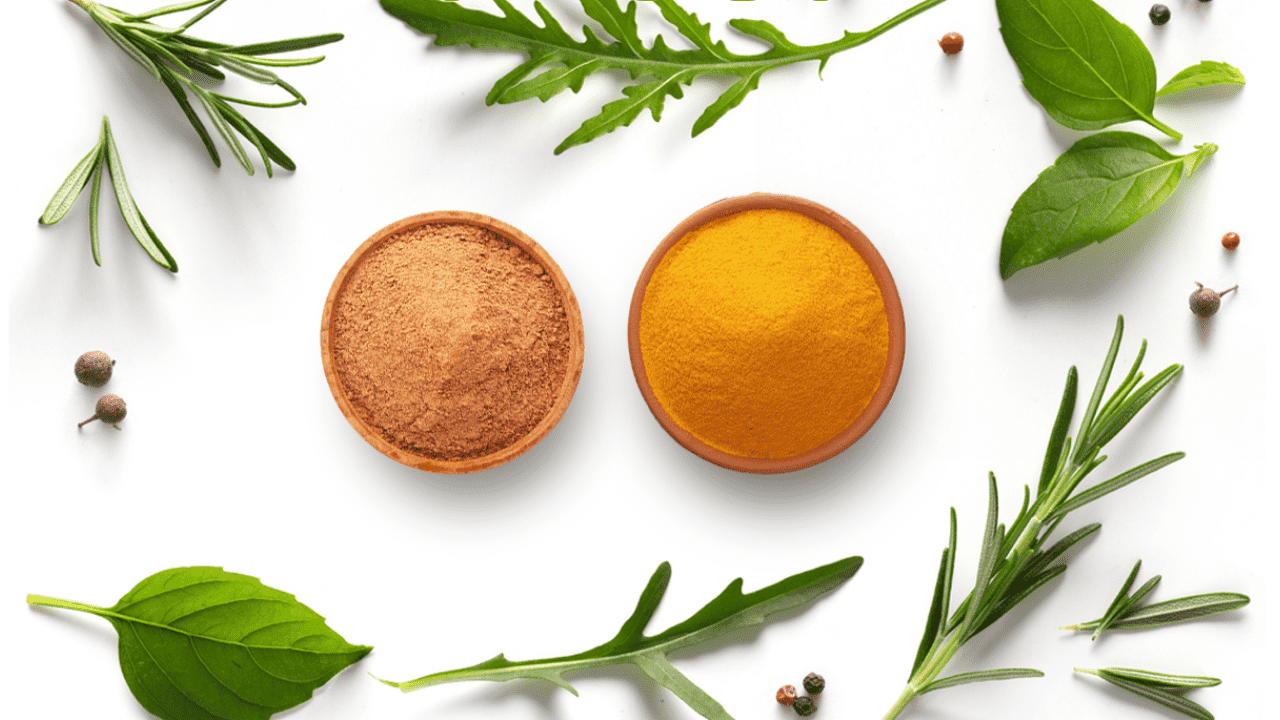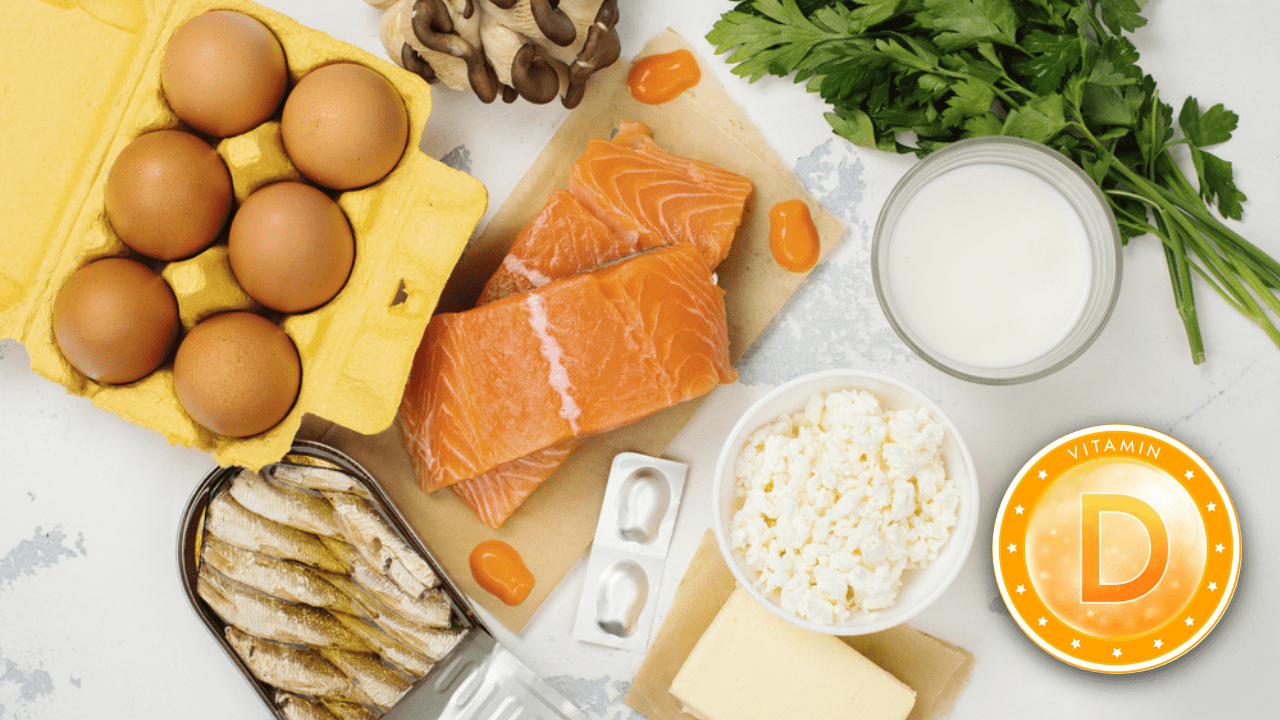
Vitamin D is also known as the sunshine vitamin which is produced in the body with the mild sun exposure or can be consumed through food or supplements. The vitamin D is considered as prohormone & not actually a vitamin. This is because the body is capable of producing its own vitamin D through the action of sunlight on the skin.
VITAMIN D CAN BOOST YOUR HEALTH ALL AROUND
Vitamin D helps in repairing & maintenance that serves multiple functions in your body from your brain to your bones.
How much vitamin D do we need?
The best way to optimize your vitamin D is through the safe sun exposure between 7-10 am.
However, it's important to realize that vitamin D requirements are highly inpidualized, as your vitamin D status is dependent on numerous factors, such as the color of skin, your location, & how much you're exposed to sun on regular basis, what & how much is your consumption through diet?.
For the first time in over 20 years, the nutritional labels have been updated & improved with new features such as added sugars, larger serving size & vitamin D. Since researches shows that western people do not get enough vitamin D, FDA has proposed the addition of vitamin D on the nutritional labels in order to emphasize it as an essential nutrient.
It has been proved that isolating certain nutrients in supplements form will not provide the same health benefits as consuming the nutrient from whole foods.
Sources of vitamin D:
-
Vitamin D is rarely found through foods. Found in fatty fish tuna, mackerel & salmon.
-
Fortified foods include cereals & dairy products.
-
Egg yolk, Soy milk, Mushrooms, beef liver, Cod liver oil
-
Fatty Fish
Naturally vitamin D is found in the flesh of oily fish. Salmon contains approximately 400 IU of vitamin D3. Baked salmon contained almost all of the vitamin D content, i.e. 240 IU of vitamin D3 were recovered. Salmon when fried in vegetable oil, approximately 50% i.e, 123 IU of vitamin D3 was recovered.
VEGETARIAN SOURCES OF VITAMIN D
MUSHROOM:
An unknown vitamin D compound was observed in edible mushroom as a part of food. Eg: white button, crimini, portabella, enoki, shiitake, maitake, oyster ,chantrelle. Researchers recommended the people to take the fungi out of their wrapping & leave them outside for half an hour before eating. Much like our skin, mushrooms transform ultraviolet light from the sun into the vitamin & continue to do so even after they have been harvested. Vitamin D as a nutrient is essential for the immune system, strong healthy bones & teeth.
FORTIFICATIONS: HARMLESS / HARMFUL?
Fortifications approaches are taken into consideration to curb the nutritional deficiencies among the populations. But even there are limitations on food fortification due to toxic amount of nutrients intake to an inpidual which is associated with its side effects.
FORTIFIED CEREALS:
Breakfast cereals can be an important part of a healthy diet, aim to choose a fortified cereal that has less than 5g of sugar or less than 25% of total calories per serving if it contains no fruit. It can also be helpful to read the ingredient list & to avoid those cereals which contain sugar as an ingredient. Watch out for sugar such as high fructose corn syrup, honey, brown sugar, dextrose & glucose.
A Fortified cereal that is advertised as low fat, for example, may be high in sugar & therefore calories, so not really a healthy option.
BREAD:
Bread fortified with vitamin D3 when consumed daily i.e., (sun-deprived) were demonstrated both for the efficacy & safety. White Bread fortification made up of refined flour which is high in glycemic index, & low in fiber are been found to increase the weight gain.
ORANGE JUICE:
Recently, fortification of orange juice with calcium & vitamin D was introduced, for children & adults who do not drink milk. The ingestion of 1 glass vitamin D:-fortified juice (100 IU/240 mL) would represent 50% of the adequate intake recommended by the Institute of Medicine for all children & adults ≤ 50 years. Researchers found that Orange juice contains preservatives & sugar which result in weight gain & other health problems.
SOY MILK:
Milk, including dry & evaporated milk, is generally the preferred vehicle to fortify with vitamin D all over the world. Milk is rarely fortified with vitamin D in India. According to the research, the 60% of students were reported to have a fortified soymilk with vitamin D (and calcium) were found to improve the bone density among the students who are lactose intolerant or who are sun-avoiders.



